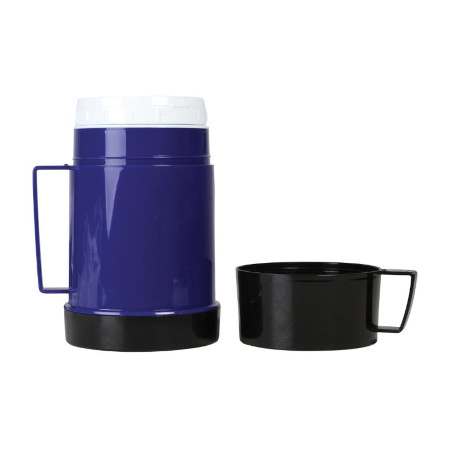The use of clay minerals as palygorskite (or attapulgite), a magnesium aluminium phyllosilicate, in animal nutrition is in discussion due to its absorptive, rheological and catalytic properties. Published work in production animals has shown positive effects of its dietary inclusion in piglets, lactating cows and laying hens to promote nutrient utilization and absorption; however, studies in sows are scarce. Hypothesizing a possible effect of palygorskite on gradual releasing the nutrients in the intestine of sows and therefore affecting their performance and energy balance, this work studies the effects of dietary supplementation of palygorskite on the metabolic and oxidative parameters during the peripartal period and performance of sows.
Upon insemination sows were allocated to treatments: a) CON (n = 23): sows were fed a basal diet; b) PAL (n=21): sows were fed the basal diet supplemented with 7 g/kg feed palygorskite; and c) PAL+ (n = 23): sows were fed the basal diet supplemented with 8 g/kg feed of a palygorskite compound product. Sow plasma samples (n = 10/treatment) were obtained at days 108 of gestation, 1 and 14 postpartum.

Leptin levels were higher in PAL and PAL+ groups. The levels of thiobarbituric acid reactive substances (TBARS) and ferric reducing ability of plasma (FRAP) were higher in the CON group. PAL sows exhibited higher back fat (BF) loss from late gestation to weaning. Litter weight at weaning and litter weight gain during lactation were higher in CON sows.
Overall, palygorskite supplementation affected peripartal energy balance of sows, which was characterized by the increased leptin levels and BF mobilization and accompanied by a decreased oxidative stress.
Papadopoulos, G. A., Kanoulas, V., Arsenos, G., Janssens, G. P., Buyse, J., Tzika, E. D., & Fortomaris, P. D. (2016). Effects of palygorskite dietary supplementation on back fat mobilization, leptin levels and oxidative stress parameters in sows. Applied Clay Science, 132, 535-541. http://dx.doi.org/10.1016/j.clay.2016.08.001




